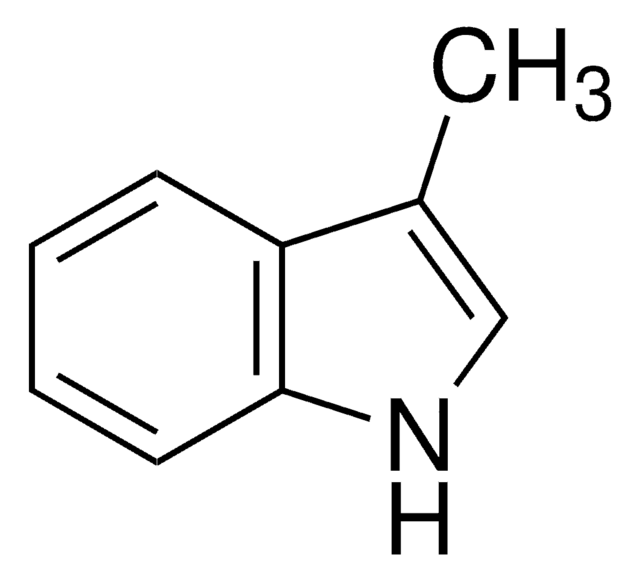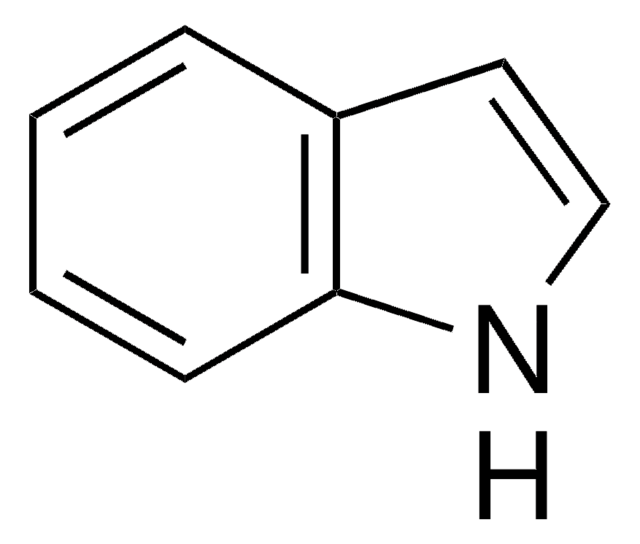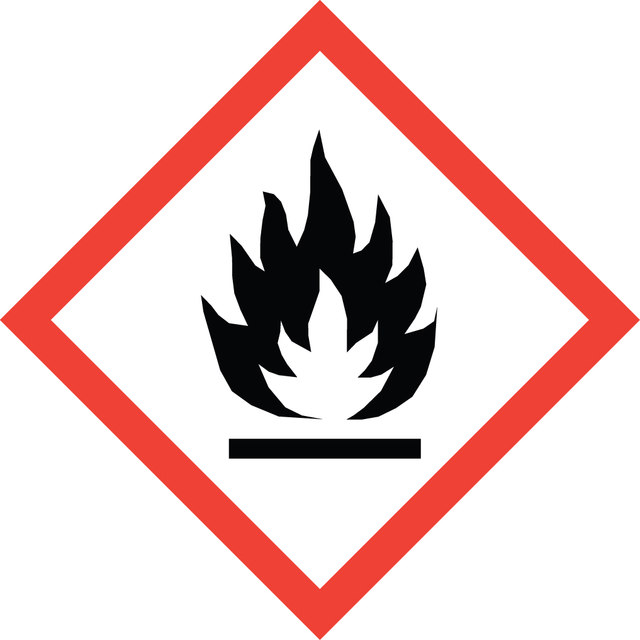1.10218
Gram′s decolorizing solution
for the Gram staining method
Select a Size
About This Item
Recommended Products
Quality Level
form
liquid
autoignition temp.
>425 °C
IVD
for in vitro diagnostic use
technique(s)
microbe id | staining: suitable
transition temp
flash point -10 °C
density
0.79 g/cm3 at 20 °C
application(s)
clinical testing
diagnostic assay manufacturing
hematology
histology
storage temp.
15-25°C
Related Categories
1 of 4
This Item | W270709 | M48805 | W488401 |
|---|---|---|---|
| organoleptic apple; musty; fruity | organoleptic apple; musty; fruity | organoleptic - | organoleptic coriander; green; sweet |
| grade Fragrance grade, natural, Kosher | grade FG, Fragrance grade, Halal, Kosher | grade - | grade FG, Fragrance grade, Halal, Kosher, natural |
| food allergen no known allergens | food allergen no known allergens | food allergen - | food allergen no known allergens |
| documentation see Safety & Documentation for available documents | documentation see Safety & Documentation for available documents | documentation - | documentation see Safety & Documentation for available documents |
| assay ≥98% | assay ≥98% | assay 99% | assay ≥95% |
| agency follows IFRA guidelines, meets purity specifications of JECFA | agency follows IFRA guidelines, meets purity specifications of JECFA | agency - | agency follows IFRA guidelines |
General description
A bottle with 500 ml Gram′s decolorizing solution is sufficient for staining up to 250 slides, it is also available as part of the Gram-color stain set, (Product number 1.11885). It is an IVD product and CE registered. For more details, please see instructions for use (IFU).
Analysis Note
Staphylococcus aureus: dark blue-violet
E.coli: pink to red
Signal Word
Danger
Hazard Statements
Precautionary Statements
Hazard Classifications
Eye Irrit. 2 - Flam. Liq. 2 - STOT SE 3
Target Organs
Central nervous system
Storage Class Code
3 - Flammable liquids
WGK
WGK 1
Flash Point(F)
14.0 °F
Flash Point(C)
-10 °C
Certificates of Analysis (COA)
Search for Certificates of Analysis (COA) by entering the products Lot/Batch Number. Lot and Batch Numbers can be found on a product’s label following the words ‘Lot’ or ‘Batch’.
Need A Sample COA?
This is a sample Certificate of Analysis (COA) and may not represent a recently manufactured lot of this specific product.
Already Own This Product?
Find documentation for the products that you have recently purchased in the Document Library.
Our team of scientists has experience in all areas of research including Life Science, Material Science, Chemical Synthesis, Chromatography, Analytical and many others.
Contact Technical Service








